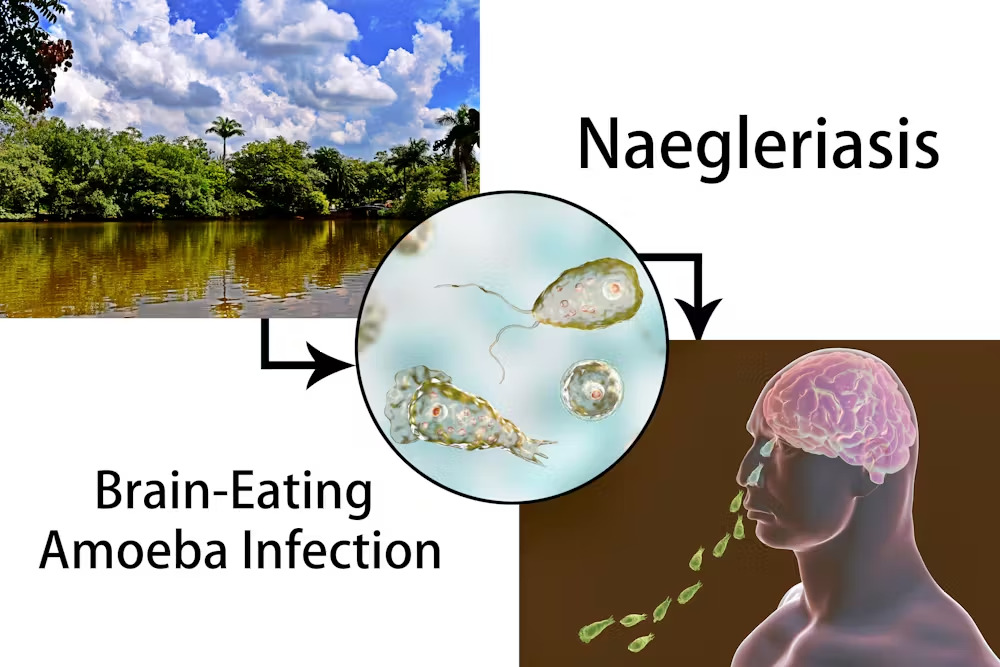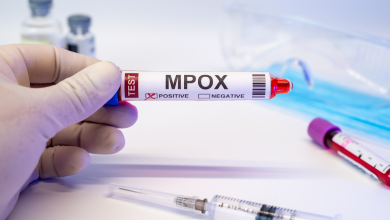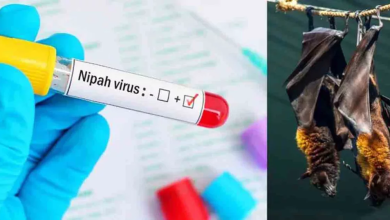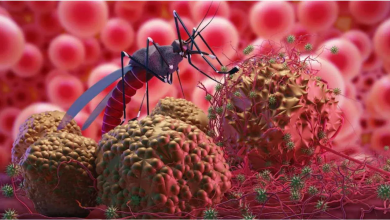Why is the ‘Brain-Eating’ Amoeba Dangerous?
The Silent Threat: Understanding the Deadly Nature of Naegleria Fowleri
Brain-Eating’ Amoeba: The Silent Killer Threatening Public Health

Naegleria fowleri, often referred to as the ‘brain-eating’ amoeba, strikes fear due to its deadly nature and rapid progression once it infects the human body. This microscopic organism, found in warm freshwater environments, is responsible for a rare but devastating brain infection known as primary amoebic meningoencephalitis (PAM). Understanding why Naegleria fowleri is so dangerous requires exploring its biology, transmission, clinical impact, and challenges in treatment and prevention.
Understanding Naegleria Fowleri: Biology and Transmission
Naegleria fowleri is a thermophilic amoeba, thriving in temperatures ranging from 25°C to 40°C (77°F to 104°F). It is commonly found in untreated or inadequately chlorinated freshwater sources such as lakes, rivers, hot springs, and poorly maintained swimming pools. The amoeba exists in three main forms:
- Trophozoite: The active feeding stage of the amoeba, which causes infection by penetrating the nasal mucosa and migrating to the brain.
- Cyst: A dormant, resistant form that allows the amoeba to survive harsh environmental conditions, such as cold or dry periods.
- Flagellate: A motile stage that aids in the amoeba’s dispersal in aquatic environments.
Infection occurs when water containing Naegleria fowleri enters the nasal passages, typically during activities such as swimming, diving, or even using neti pots with contaminated water for nasal irrigation. Once inside the nasal cavity, the amoeba migrates along the olfactory nerve to reach the brain, where it causes severe damage and inflammation.
Clinical Impact of Naegleria Fowleri Infection
Rapid Onset and Progression
Naegleria fowleri infection progresses rapidly, with symptoms typically appearing within 1 to 9 days after exposure, though the average is 5 days. The initial symptoms are nonspecific and resemble those of bacterial meningitis, including headache, fever, nausea, and vomiting. As the infection advances, neurological symptoms worsen rapidly, leading to confusion, hallucinations, seizures, and coma.
Severe Brain Damage
The pathogenicity of Naegleria fowleri lies in its ability to directly invade brain tissue, causing extensive destruction. The trophozoites feed on brain cells, leading to hemorrhage, edema (swelling), and necrosis (tissue death). The rapid destruction of brain tissue contributes to the high mortality rate associated with PAM, which is estimated to be over 97%.
Challenges in Diagnosis
Diagnosing Naegleria fowleri infection poses significant challenges due to its rarity and rapid progression. Early symptoms are often mistaken for other more common infections, delaying diagnosis and treatment initiation. Diagnostic methods include examining cerebrospinal fluid (CSF) for amoebic trophozoites and using polymerase chain reaction (PCR) assays to detect Naegleria fowleri DNA.
Treatment Challenges and Strategies
Limited Treatment Options
Treatment options for Naegleria fowleri infection are limited and often ineffective once the amoeba has invaded the brain. Antifungal medications, such as Amphotericin B, are used in an attempt to control the infection, but their efficacy is variable. Combination therapies involving multiple drugs, including Miltefosine and other experimental treatments, have been explored with mixed results.
Importance of Early Intervention
Early diagnosis and prompt initiation of treatment offer the best chance of survival for individuals infected with Naegleria fowleri. However, due to the rapid progression of symptoms, many cases are diagnosed postmortem or in advanced stages, limiting the effectiveness of therapeutic interventions.
Supportive Care and Management
Supportive care plays a crucial role in managing Naegleria fowleri infections, focusing on alleviating symptoms and maintaining vital functions. This includes managing intracranial pressure, controlling seizures, and providing respiratory support in intensive care settings.
Preventive Measures Against Naegleria Fowleri Infection
Public Awareness and Education
Raising public awareness about the risks associated with Naegleria fowleri is essential for prevention. Educational campaigns should emphasize the importance of avoiding warm freshwater activities during peak temperatures, using nose clips or holding the nose shut while swimming, and avoiding nasal irrigation with untreated water.
Water Quality Management
Monitoring and maintaining safe water quality standards in recreational water bodies are critical preventive measures. Regular testing for Naegleria fowleri and other waterborne pathogens helps identify contaminated sources and mitigate risks to public health.
Research and Development
Continued research into Naegleria fowleri biology, transmission dynamics, and treatment strategies is essential for improving diagnostic capabilities and developing effective therapies. Collaborative efforts among scientists, healthcare providers, and public health authorities are crucial in advancing our understanding and response to this deadly amoeba. Just as we know Why is the IP65 Rating Important for the OPPO Reno 12 Series?
Conclusion: Addressing the Threat of Naegleria Fowleri
Naegleria fowleri poses a significant public health threat due to its ability to cause rapidly fatal brain infections. Understanding the biological mechanisms of infection, clinical manifestations, treatment challenges, and preventive strategies is essential for mitigating the impact of this deadly pathogen. By prioritizing public awareness, water safety measures, and research initiatives, we can work towards reducing the incidence of Naegleria fowleri infections and saving lives. Vigilance and proactive measures are key in protecting communities from the devastating effects of the ‘brain-eating’ amoeba.




